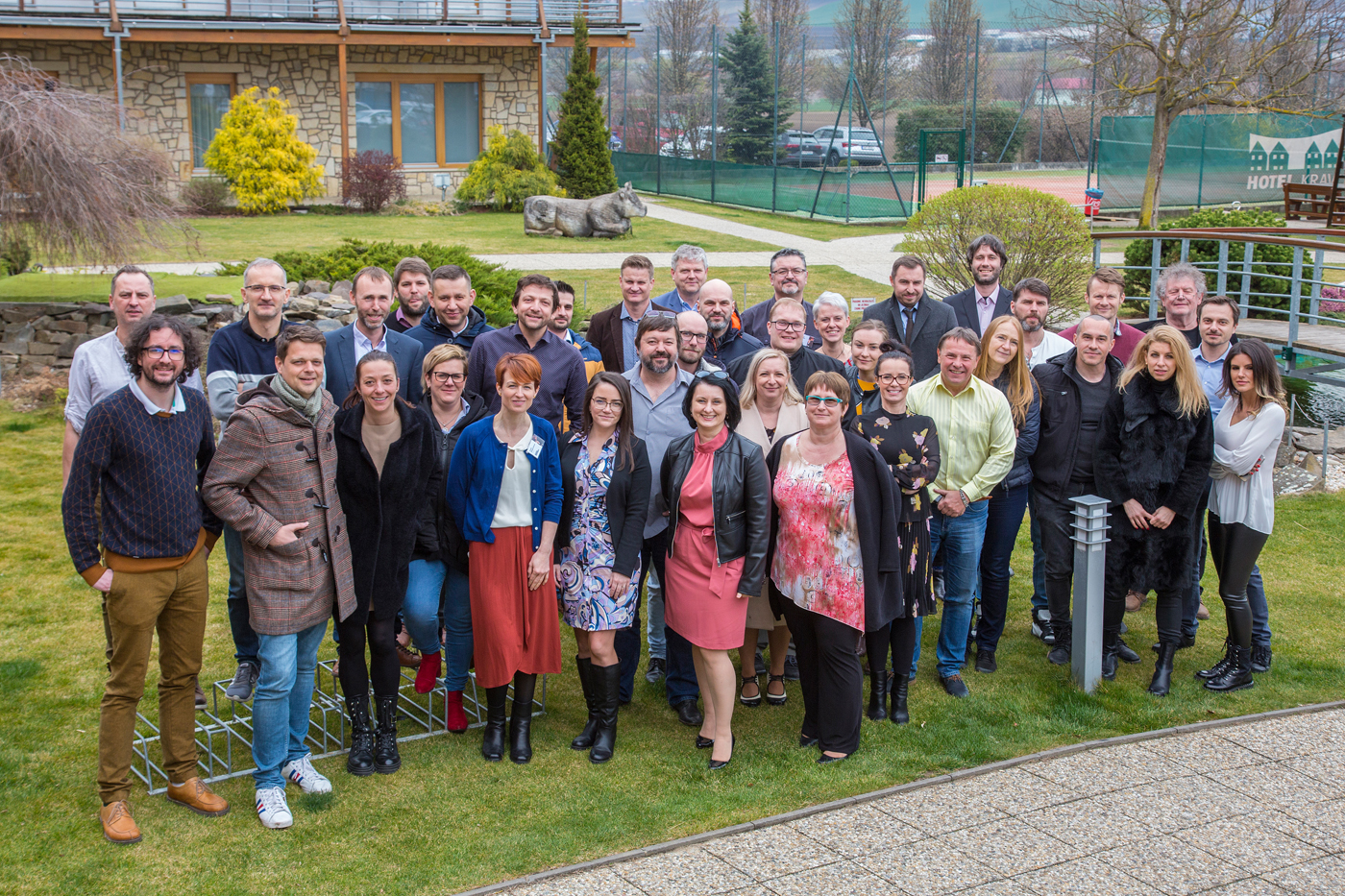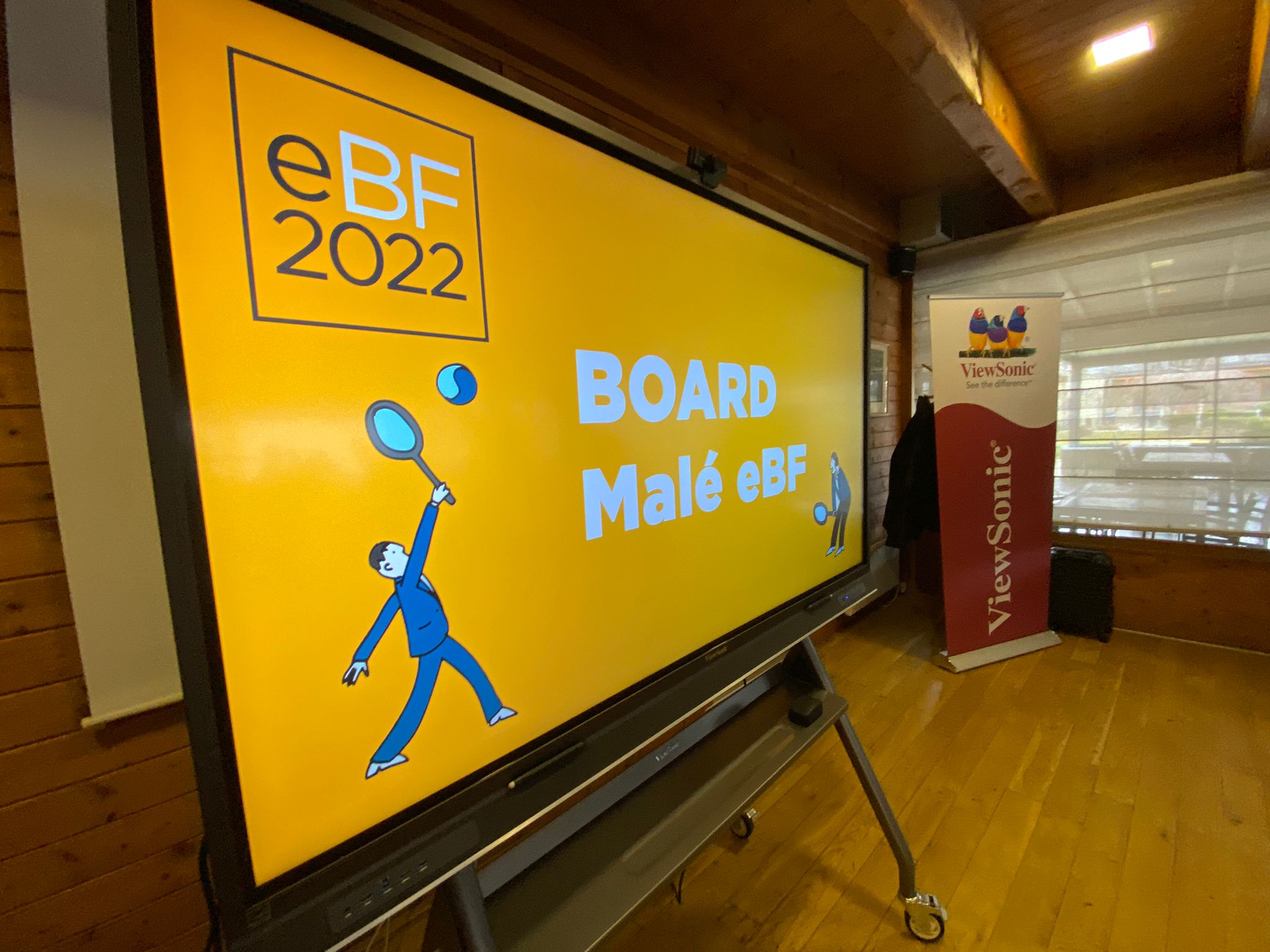In a recent survey of supply management professionals, Topline Strategy Group investigated the perceived value gap associated with sourcing and procurement software applications. The question of realized value is rooted in whether companies are “getting their money’s worth” from such technology. The stakes are real, and they are high, as in the resulting report, Topline Strategy Group cites a 2014 report by Gartner that puts the annual North American corporate investment in sourcing and procurement solutions at $1.4 billion. [1]
What is most interesting, and ultimately most illuminating, about the survey is that it focused on subjective, value-oriented measures of the technology’s worth rather than trying to capture a more straightforward return on investment. The results shared in the report capture more about procurement’s perceptions of technology than the actual effectiveness or the impact that technology has on procurement practitioners’ performance.
I’ll admit that in my role as a consulting lead at a solution provider, I heard every concern identified in the Topline Strategy Group report at least once. Reactions to technological change are consistent with general human nature regardless of organization size or industry. Change is hard, particularly when it is mandated from above or required because of poor performance. It is the collective reaction to change from individuals and management that ultimately determines whether any technology will be allowed the opportunity to earn its keep.
Once a solution has been selected and implemented, it is common to face challenges. But in order to resolve issues that arise, procurement must take an honest look at whether technology is the cause of the problem or whether it is simply taking the symptoms of a flawed process that is deeply rooted or a talent issue and shining a light on it.
One survey participant described what I experience is the most common complaint procurement professionals have about their e-sourcing solutions: the inability to accommodate the company’s pricing collection needs in an RFx. He pointed out that it wasn’t as easy as expected, and as a result all pricing collection beyond the most basic commodities is still done using Excel attachments.
Task efficiency and data capture are two of the types of return commonly expected from e-sourcing. Having suppliers enter itemized costs directly into a solution reduces the time required for procurement to compare bids and provide supplier feedback prior to negotiations. It also feeds detailed pricing into downstream functionality such as optimization and contract management.
Technology as a Cause: If your company is collecting multiple (and even varying) data points per item that need to be tallied using formulas or is incorporating feedback from suppliers and your technology cannot support it, you have chosen the wrong solution. These are clear functionality requirements that either exist in the selected platform or don’t. This shortcoming should have been identified prior to implementation and eliminated the platform from contention.
Technology as a Symptom: If your bids are all ”too complex” or if you can’t provide suppliers with a pricing structure because there are ”too many variables” from one supplier to another and you are accustomed to getting pricing as one lump sum figure, the problem is with your sourcing process rather than the technology. Complexity is commonplace in spend management, but this does not excuse procurement from understanding a category well enough to create a bid structure.
Whether your technology has caused a problem or is exacerbating a symptom, there has to be a remedy.
Technology problems can often be corrected by alternate technology. Thanks to the proliferation of software-as-a-service (SaaS) e-sourcing models, it is usually possible to run a subset of projects through a solution that meets their technology requirements. If a solution was selected because it meets the needs of some but not all projects, it is quite possible that those high-complexity events can be run through an alternate solution at a reasonable cost and with minimal delay.
READ MORE ABOUT TOPLINE STRATEGY GROUP'S SURVEY RESULTS HERE.
Technology problems as a symptom require introspection and honesty. If technology has brought to light that procurement’s cost modeling skills need improvement, the remedy is a combination of training and technology. Learning the importance of building a cost model prior to running a bid not only improves supplier proposals, it supports better comparisons with the historical baseline. In addition, even the most basic e-sourcing solutions have RFI functionality that can often be leveraged to better educate procurement through the knowledge of prospective suppliers -- in plenty of time to run a more structured RFP.
In either case, the most important cure is to have a productive reaction. Struggling on with mediocre or poor-fitting technology benefits no one -- not procurement, not the solution provider, not suppliers, and certainly not the company footing the bill at the end of the day.
[1] Gartner Group, Forecast: Enterprise Software Markets, Worldwide, 2011-2018, 2Q14 Update, Year 2013, Region: North America, Segment: Supply Chain, Subsegment: Procurement
Authored by: Kelly Barner, Buyers Meeting Point
Source: http://news.thomasnet.com/



